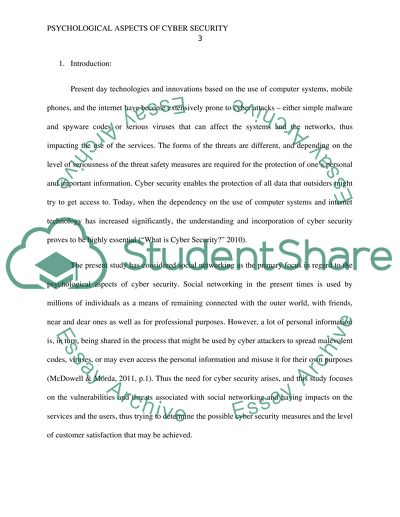Cite this document
(Psychological Aspects of Cybersecurity Term Paper, n.d.)
Psychological Aspects of Cybersecurity Term Paper. Retrieved from https://studentshare.org/information-technology/1598820-psychological-aspects-of-cybersecurity
Psychological Aspects of Cybersecurity Term Paper. Retrieved from https://studentshare.org/information-technology/1598820-psychological-aspects-of-cybersecurity
(Psychological Aspects of Cybersecurity Term Paper)
Psychological Aspects of Cybersecurity Term Paper. https://studentshare.org/information-technology/1598820-psychological-aspects-of-cybersecurity.
Psychological Aspects of Cybersecurity Term Paper. https://studentshare.org/information-technology/1598820-psychological-aspects-of-cybersecurity.
“Psychological Aspects of Cybersecurity Term Paper”, n.d. https://studentshare.org/information-technology/1598820-psychological-aspects-of-cybersecurity.


